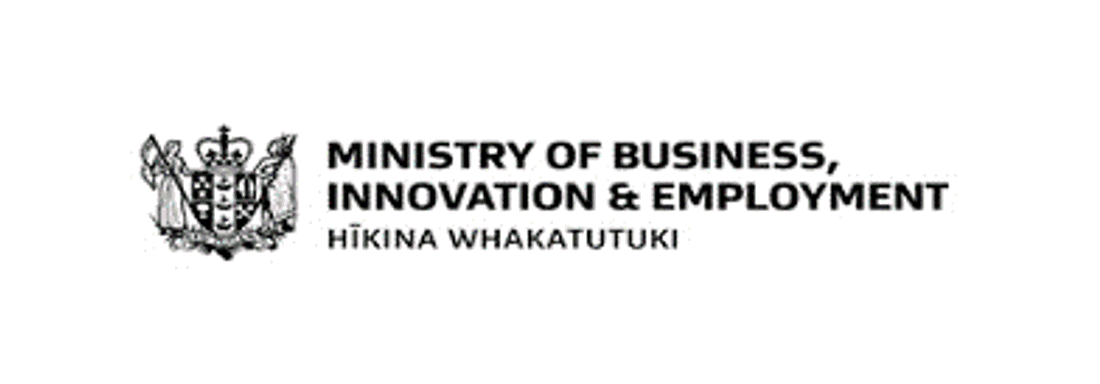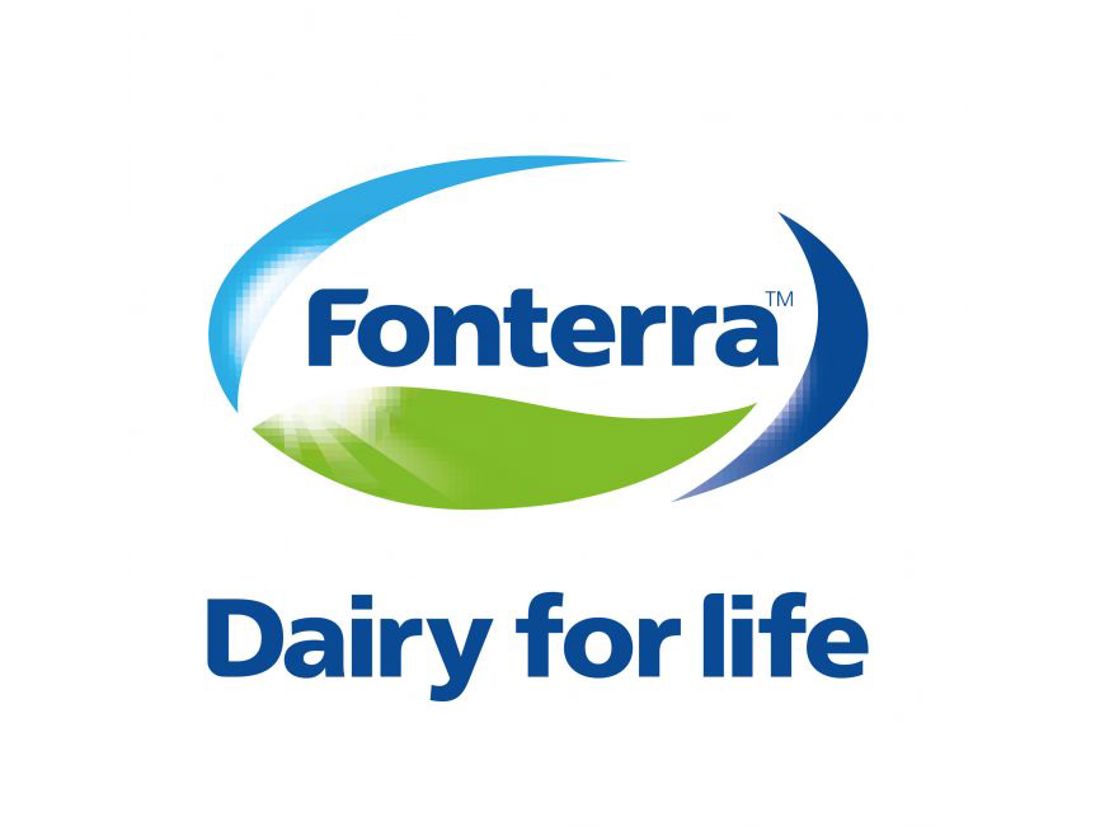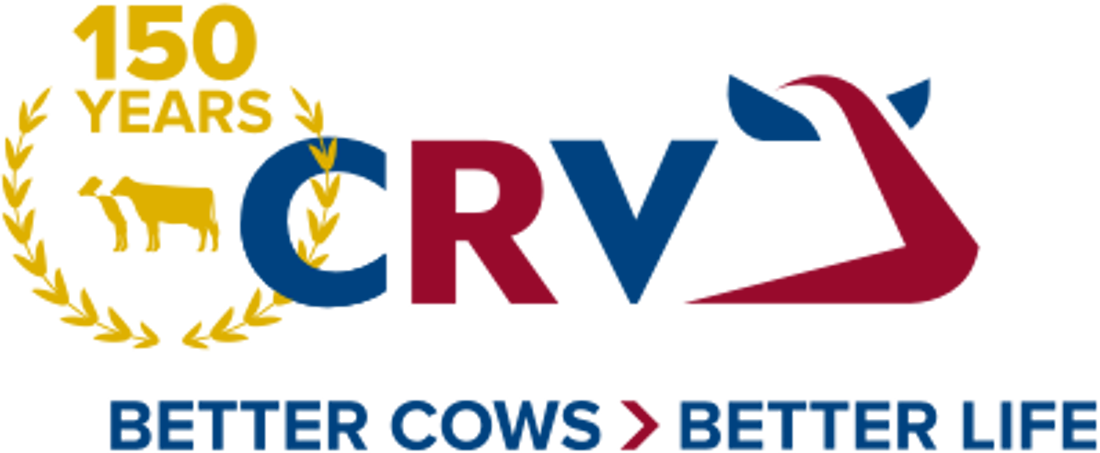Low N Systems
4 min read
The DairyNZ-led Low N Systems research programme is investigating how combining various mitigation options can help farmers to significantly reduce nitrogen (N) losses, while also meeting their farm business viability goals. This research will provide practical solutions to support farmers to lower their N environmental footprint, which will have positive implications for ground and surface water quality.
Under Low N Systems we are investigating ways to combine different mitigation options to achieve significant N loss reductions of 40 to 60 percent or more, while maintaining farm business viability.
Various N mitigation strategies and technologies are available to farmers, but these options are not always complementary when stacked together in a farm system. Moreover, selecting mitigations can be challenging when farmers are seeking to significantly reduce N losses, decrease greenhouse gases and minimise any adverse impacts on profitability.
The multi-year collaborative research programme will provide solutions to address these challenges and thereby support farmers to lower their environmental footprint by improving N use efficiency and reducing excess N loss, contributing to improved freshwater quality outcomes.
Project status: progressing
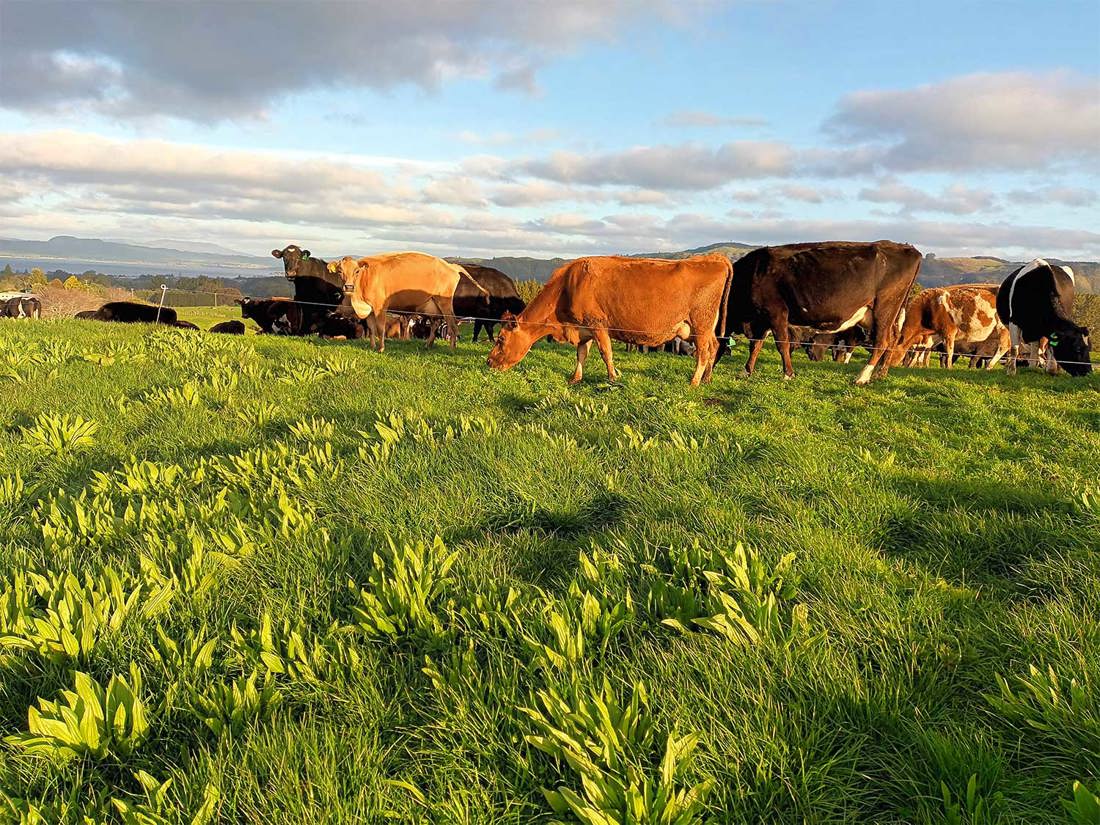
We are conducting a farmlet trial to demonstrate how a profitable and practical stacked Low N system can significantly reduce nitrogen losses.
We are using a combination of tactical management practices and mitigation strategies. For example, combining lower N fertiliser use, diverse pastures containing plantain and Italian ryegrass, and wintering on pasture and baleage instead of crops.
We are also working with 38 farmers in Waikato and Canterbury to understand key management factors that influence bulk milk composition in relation to the herd’s dietary N throughout the milking season.
Developing an Indicator Tool to Optimise N
A bulk milk-based indicator tool is being developed for farmers to track and manage their herd’s dietary N surplus during the season. This will help identify when mitigations could be used on farm to reduce the risk of higher urinary N loading onto soils at critical times of the year.
Higher bulk milk urea concentrations could be a useful indicator of when the herd has surplus dietary N and has an increased risk of higher urinary N losses to the environment. The programme team is working with 38 partner farms in Waikato and Canterbury to understand how on-farm practices, such as grazing management, and supplement and fertiliser use, are linked with dietary N and can change bulk milk urea concentrations.
So far, the study has identified grazing management differences between farms that had low and high bulk milk urea concentrations. Herds with low bulk milk urea tended to graze pastures with a higher pre-graze cover, a more advanced leaf stage and used slower grazing rotations. The different management decisions were consistent with pastures on the low bulk milk urea farms having a lower crude protein content and a reduced N to metabolizable energy (ME) ratio, which likely reduced the herd’s calculated dietary N surplus .
Combining N Mitigations
The programme uses a range of approaches (such as modelling, detailed experiments and larger-scale farm system trials) to investigate reducing N losses. The aim is to select complementary on-farm mitigations, management practices and technologies that work together to lower environmental footprint by targeting different parts of the N cycle.
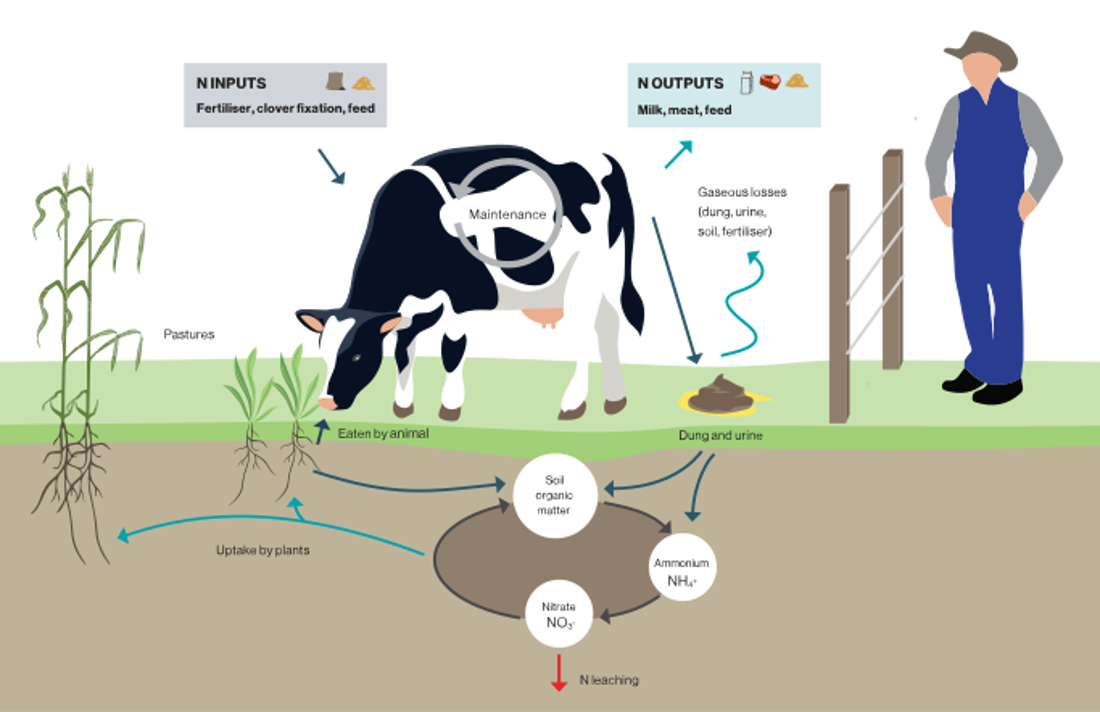
A farmlet trial began at the Lincoln University Research Dairy Farm in July 2023 to test and demonstrate a profitable and practical stacked Low N system. The 'Stacked' farmlet uses a combination of mitigation strategies to target N loss reductions of 40 to 60 percent across the whole farm system compared with a 'Control' farmlet representing a typical Canterbury dairy system. The farm management changes include a reduction in nitrogen fertiliser use, incorporating diverse pasture species (plantain and Italian ryegrass), and wintering on pasture and baleage instead of crops.
These mitigations are modelled to reduce N losses from the milking platform by about 30 to 40% and decrease greenhouse emissions by 10% but with a 4% reduction in profit. Changing the wintering system from kale crop to pasture and baleage is expected to further lower the environmental footprint, resulting in predicted reductions across the whole farm system of about 50 to 60% in total N losses and around 12% in total greenhouse gas emissions, whilst minimising total profit loss to 7%.
The research team will monitor how the farmlets perform against modelled expectations. The trial will run for at least two seasons.
Keep up to date with results of the Low N farmlet trial by bookmarking the summary page. Check it regularly to follow milk production, pasture covers, N fertiliser use, supplementary feeding and other metrics.
| Dairy Now - Control | Dairy Future - Stacked | |
| Description | Canterbury Current | Stacked N mitigations (Low N) |
| Fertiliser | 190 kg N/ha/yr | 80 kg N/ha/yr |
| Pasture | Irrigated perennial ryegrass/clover | Irrigated plantain (30% target), Italian ryegrass, clover |
| No. cows (peak) | 40 | 39 |
| Stocking rate | 3.39 | 3.20 |
| Total area | 11.8 ha + 5 ha support | 12.2 ha + 5 ha support |
| Winter area | 1.8 ha | 3.0 ha |
| Winter system | Kale crop | Pasture and baleage |
| Other features | Tactical mitigations* |
* includes using bulk milk urea to manage herd dietary N surplus, feeding lower dietary N:ME supplements, extending rotation length and offering fresh pasture allocations in the afternoon instead of the morning.
Stakeholder engagement and extension activities are an important part of the Low N Systems programme. This includes working with farmers, rural professionals, dairy companies and government to support the development and application of tools, facilitate the adoption of low N systems, and share knowledge of the research outcomes across the dairy sector.
The Low N Systems research will help farmers better understand and adopt complementary N mitigation options that support them to reduce their farm N losses and meet expectations around improving freshwater quality.
Grazing management that contributes to high or low bulk milk urea
This study identified grazing management differences between farms that had low and high bulk milk urea. These differences were consistent with the pasture offered on the low bulk milk urea farms having a lower crude protein content, which likely reduced the herd’s dietary nitrogen surplus.
Stacking nitrogen leaching mitigations in a Canterbury dairy system
This modelling work indicated that combining complementary mitigation strategies could help farms to significantly reduce nitrogen losses while maintaining farm business viability. A stacked low N farm system is now being evaluated in multi-year farmlet experiment at Lincoln University Research Dairy Farm.
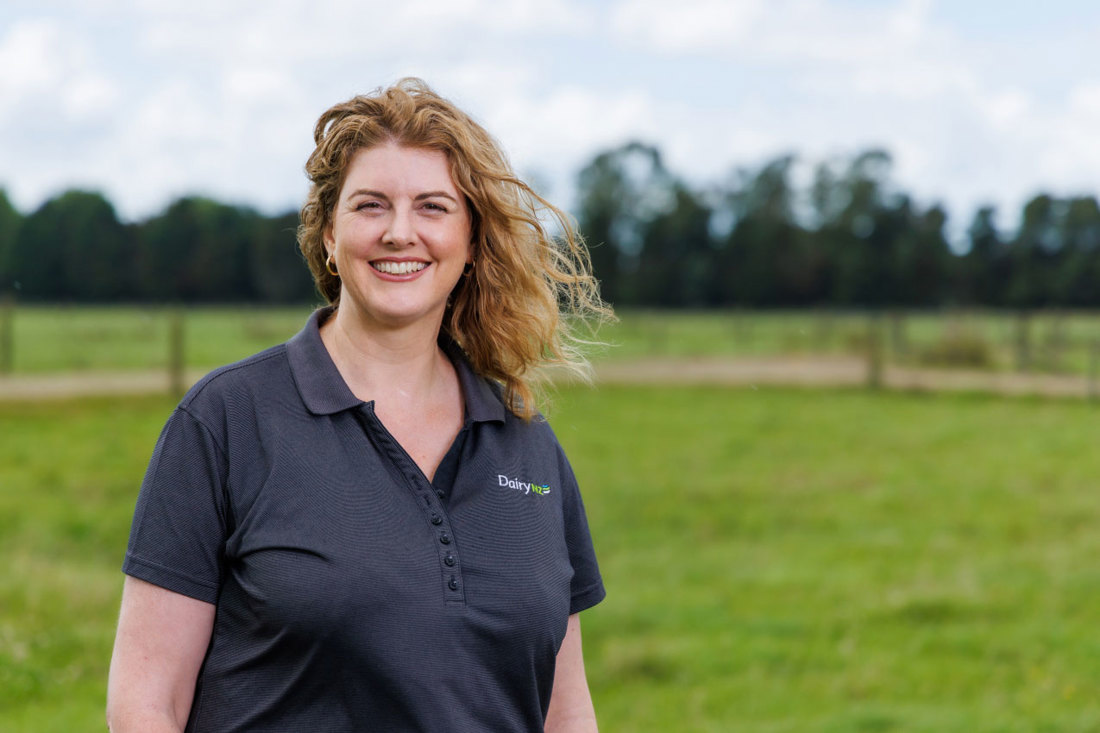
For more information on this research contact Dr. Claire Phyn (Programme Manager - Low N systems).
Email ClaireLow N Systems is funded through DairyNZ, and by the Ministry for Business, Innovation, and Employment with co-funding and in-kind support from Fonterra and CRV. The programme started in mid-2021 and runs until 2025. DairyNZ is collaborating with Lincoln University, Fonterra, AgResearch, and AbacusBio on this research.

